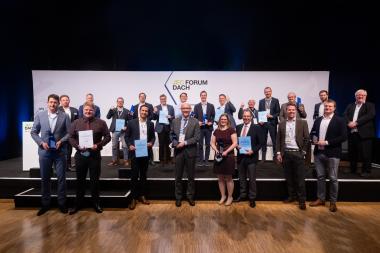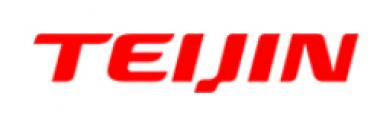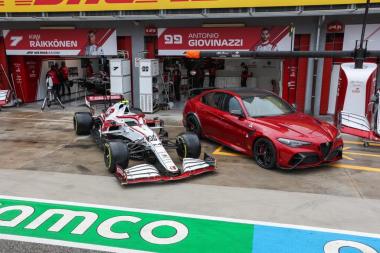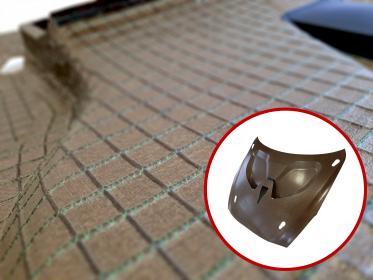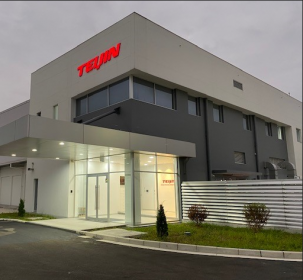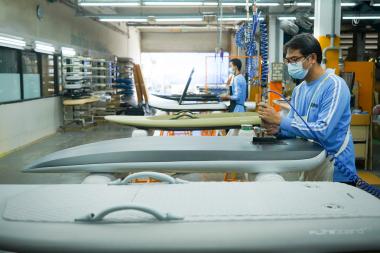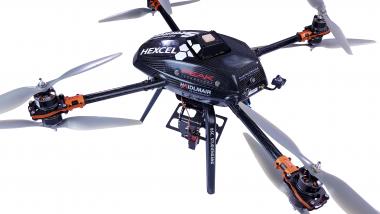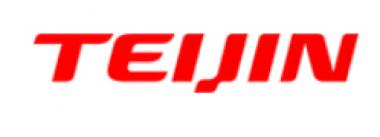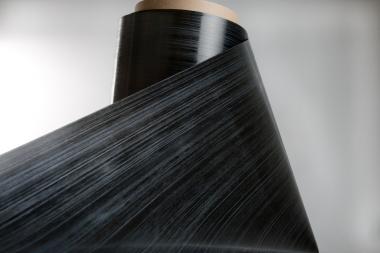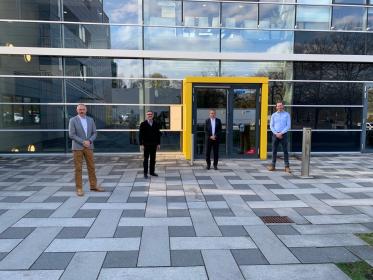Hexcel Partners with METYX for High Performance Carbon Pultrusion Technology
Hexcel Corporation (NYSE: HXL) is collaborating with METYX to manufacture high-performance carbon pultruded profiles made from polyurethane (PU) resin and unidirectional carbon fiber for the wind energy market.
The two companies have joined forces to develop technology that builds on Hexcel expertise in polyurethanes for the ski industry combined with its strength in providing high-performance composites to wind energy customers and expanding to other markets for composite applications. METYX is a manufacturer of high-performance NCF and woven glass and carbon, consumables, core and fabric kitting, molds, prototypes, and components for industries including wind energy, marine, automotive, rail and construction.
Hexcel Corporation




